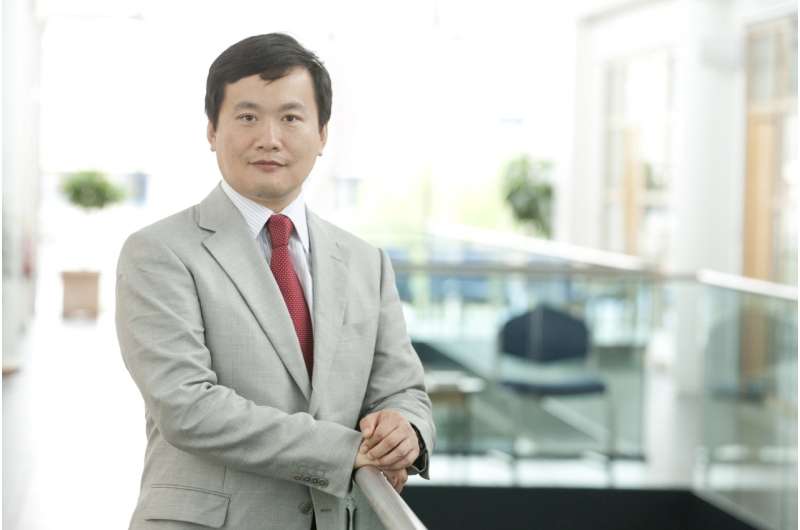New insight into stem cell behaviour highlights therapeutic target for cancer treatment

Research led by the University of Plymouth and Technische Universität Dresden has identified a new therapeutic target for cancer treatment and tissue regeneration – a protein called Prominin-1.
Dr. Bing Hu from Plymouth's Institute of Translational and Stratified Medicine (ITSMed), together with Dr. Denis Corbeil from the Technische Universität Dresden and a multinational team, has shown how Prominin-1 (also known as CD133) plays a significant role in ensuring stem cells respond to extracellular signals.
Stem cells have the unique ability to develop into specialised cell types in the body, so when they don't respond to signals they could fail to be activated, leaving an area unhealed or damaged. In regeneration, proper activation of stem cells is crucial for damaged tissue to be replenished with new cells.
And in the case of cancer, some cancer cells behave as stem cells, effectively reproducing and sustaining the cancer.
Now the study has shown that in the absence or mutation of Prominin-1, the stem cell activation is compromised – which affects the tissue regeneration and hard tissue formation.
The study, titled "Prominin-1 controls stem cell activity by orchestrating ciliary dynamics," was published in the EMBO Journal, and funded by the European Union Marie Curie Action and the Biotechnology and Biological Sciences Research Council (BBSRC).
The research team included scientists from Beijing University; Capital Medical University; University of Oxford; King's College London; University of Geneva, Keck Graduate Institute, University of California, San Francisco (UCSF); University of Iowa; Max Planck Institute and Vlaams Instituut voor Biotechnologie (VIB).
Dr. Hu, who is based in Peninsula Dental School at the University of Plymouth, said: "Stem cells are so important, as, in the future, they may be used from laboratories to replace cells and tissues that have been damaged or lost due to disease – so it's vital to understand how they work.
"Most stem cells process a unique hair like structure called cilium (cilia in plural) that can sense environment changes, such as the presence of signalling molecules, then generate signals that transduce through molecules on the cilium membrane into the cells. Therefore, the stem cells' function is highly reliant on the proper composition and dynamics of cilia.
"Using a mouse incisor tooth as a model, we found that Prominin-1, a well-established stem cell marker but whose functions have not been well-characterised before the study, has an important role in recruiting different molecules into stem cell cilium and functioning into stem cell fate determination.
"In the absence or mutation of Prominin-1, the stem cell activation is impeded hence affecting the tissue regeneration and hard tissue formation. The finding has significant impact on stem cell biology and cancer biology, which explains Prominin-1 can be used as therapeutic target for treating cancer, as well as in tissue regeneration, such as regenerating a new tooth."
The full study is available to view now in the EMBO Journal.
More information: Donald Singer et al. Prominin‐1 controls stem cell activation by orchestrating ciliary dynamics, The EMBO Journal (2018). DOI: 10.15252/embj.201899845

















